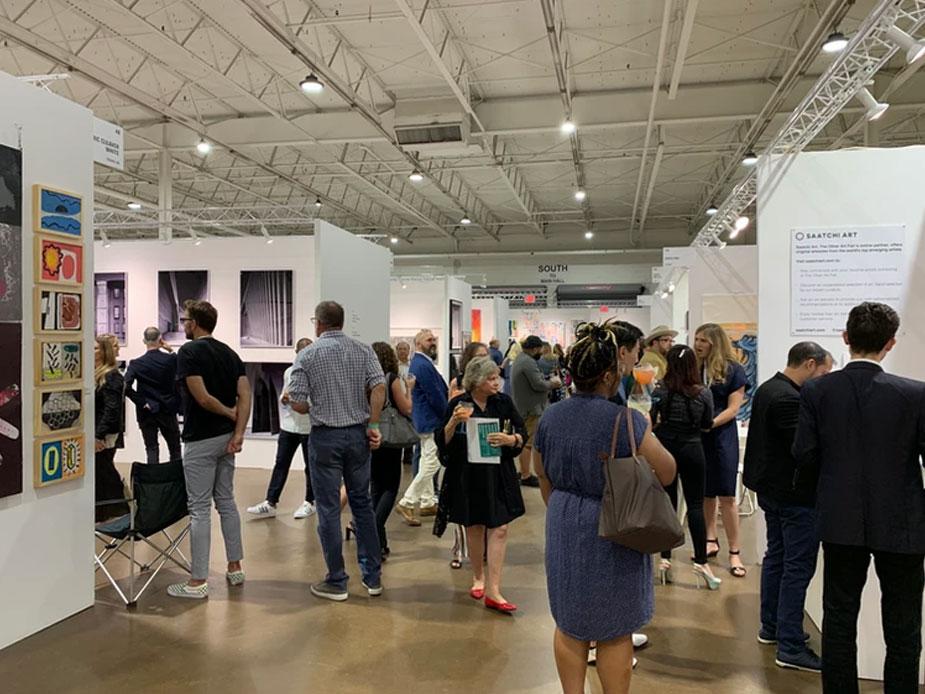As an artist living in Canada, you will one day reach a point where you’ll want to expand your sales market. Neighboring USA has a population almost ten times that of Canada. Exhibiting across the border can substantially increase your potential sales market.
Before you start boxing up your artwork and phoning around art galleries stateside, first take a quick breath. The USA art sales market is a billion dollar industry, and there’s no reason why you can’t win for yourself a very small slice of it. But preparation is key.
Here are five things you must do as a Canadian artist exhibiting in the USA:
1. Join CARFAC
The Canadian organization for artists has a wealth of online resources to assist artists exhibiting abroad. Members get a discount on Certificates of Canadian Origin (see below). They are also entitled to apply for an International Association of Art (IAA) card. The IAA card is available only to CARFAC members and offers discounted entry to many museums and galleries around the world.
2. Make sure your paperwork is in order
There are a few documents you will need for exhibiting across the border and you don’t want to leave their preparation too late. Perhaps the most important of these is the Certificate of Canadian Origin. This allows for temporary export of artwork and its return without the artist being liable for goods and services tax. They have to be signed by a member of CARFAC, and you will need one for each artwork. You should allow a month for the certificates to be processed.
You will also need to complete an E-15 certificate from Canadian Border Services Agency of temporary exportation to allow your artwork to enter the USA. These are free. Finally, you should file an ACE manifest at least one hour before arrival at the border. If you are sending your artwork by some shipping company, they will take care of this requirement.
If you are only attending one show you can do so as a business visitor. If you’re considering attending several venues in the course of a tour you will need to apply for an O1 visa, which can take up to three months for approval. Attending as a business visitor still requires you to show a signed letter from the art gallery where you’re exhibiting. This should contain a letterhead and state that you are not being paid anything other than for travel and accommodation expenses. A brochure of the show is also useful to help cement the fact that you are exhibiting at that particular venue. Finally, don’t forget your passport!
3. Hire a broker
If the above paperwork seems too complicated or you just want to concentrate on your exhibition, consider hiring a broker. The extra cost is worth it for the knowledge they have about all the rules and customs. They will also call the border ahead of your arrival and deal with any issues that arise. Usually the shipping companies will take care of paperwork and work as your broker.
4. Create an exhibition catalog
It’s good to have a professionally printed catalog listing your exhibited works that includes photos. Visitors to the exhibition can read all about you and what drives your passion for art. They will have a handy guide to keep for highlighting their favorite works, and it could lead to a sale.
At the very least compile a list of artworks giving frame sizes, titles and media. It may help you at the border, and helps you keep track of what you’ve taken to exhibit.
5. Pack your artworks carefully
Artwork can easily get damaged in transit. Don’t skimp on packaging materials. Depending on the type of art, and whether it’s framed, you need to make sure it’s secure for the journey. Use wooden crates, bubble-wrap, foam board, glassine paper, and don’t forget to protect corners.
References
Exhibiting in the US and Crossing the Border with your Art, by Gaia Orion
Taking Artwork over the Border- carfac.ca


